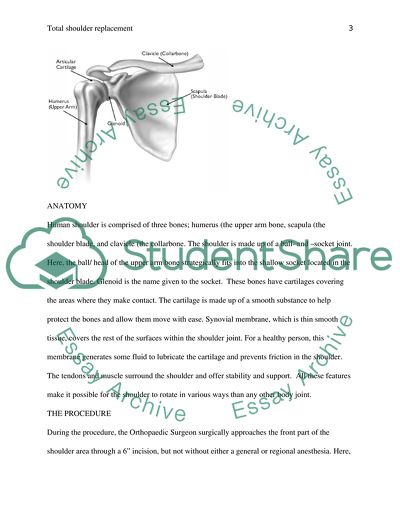Cite this document
(“Total shoulder replacement Research Paper Example | Topics and Well Written Essays - 1000 words”, n.d.)
Total shoulder replacement Research Paper Example | Topics and Well Written Essays - 1000 words. Retrieved from https://studentshare.org/health-sciences-medicine/1684363-total-shoulder-replacement
Total shoulder replacement Research Paper Example | Topics and Well Written Essays - 1000 words. Retrieved from https://studentshare.org/health-sciences-medicine/1684363-total-shoulder-replacement
(Total Shoulder Replacement Research Paper Example | Topics and Well Written Essays - 1000 Words)
Total Shoulder Replacement Research Paper Example | Topics and Well Written Essays - 1000 Words. https://studentshare.org/health-sciences-medicine/1684363-total-shoulder-replacement.
Total Shoulder Replacement Research Paper Example | Topics and Well Written Essays - 1000 Words. https://studentshare.org/health-sciences-medicine/1684363-total-shoulder-replacement.
“Total Shoulder Replacement Research Paper Example | Topics and Well Written Essays - 1000 Words”, n.d. https://studentshare.org/health-sciences-medicine/1684363-total-shoulder-replacement.


